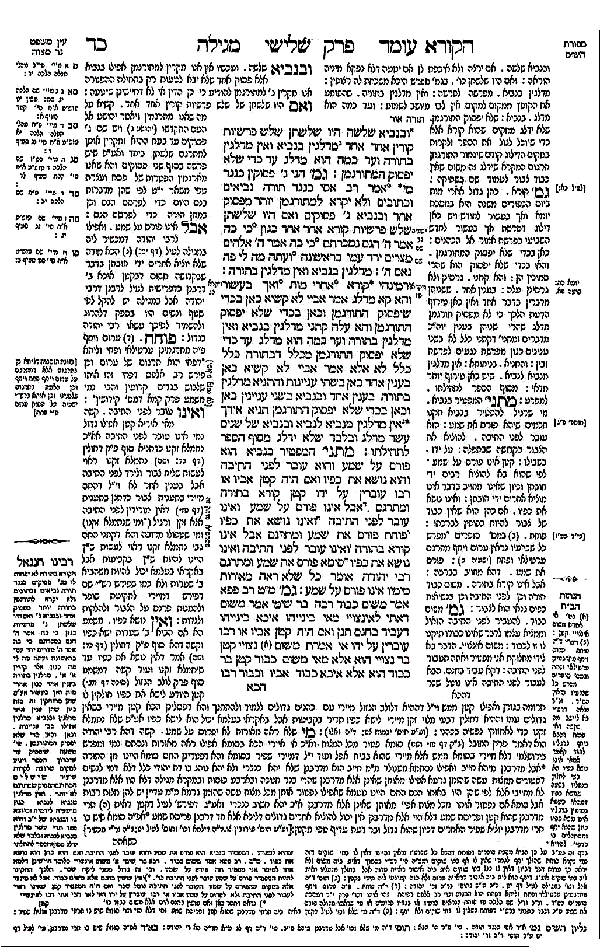I picked this up at the last book sale and started going through the first few pages this evening to diversify my reading of novels and philosophy. The beginning is much of what was presented in the New Media course I had a couple years ago, comparing the physical attributes of books versus digital media (you can’t cuddle in bed with a computer, but then again, laptops do offer some comfort).
Liked this:
Before content can be interactive it must be non-linear. If users are going to interact with content, they certainly will need to interact with it without regard to any particular order. History provides us with several examples of nonlinear content that might have become fully interactive if the technology had existed at the time. (p. 28)
It then presents us with the Talmud, in which the text of the Mishna (code of laws) is in the center of the page, surrounded (like a border of words) by the Gemara, which are the scholarly annotations.

Thus the quite lengthy Gemara, which in footnote format would have taken up more that 2/3 the page, is closely related in proximity to that which it explains.
The value of the Talmud is greater than either the code of laws or the commentaries on them because the Mishna and the Gemara interact with each other, adding the unique dimension of integrated, interactive content. (p. 28)
I have never seen the Talmud, so I wasn’t aware of this layout, but I find the idea interesting. I suppose text with images, which we find in children’s books and the idea is continued throughout textbooks and in many informational books such as cookbooks (yum!), how-to’s, historical, travel, etc.
It is helpful in reading Writing for New Media to have had some exposure to the subject of hypertext in all its technical glory. It’s fascinating enough a topic to read about as well as experiment with to steal some time from playing games on the computer.

 The Lost Children: A Charity Anthology
The Lost Children: A Charity Anthology